“Okamoto Kido: Master of the Uncanny” by Okamoto Kido
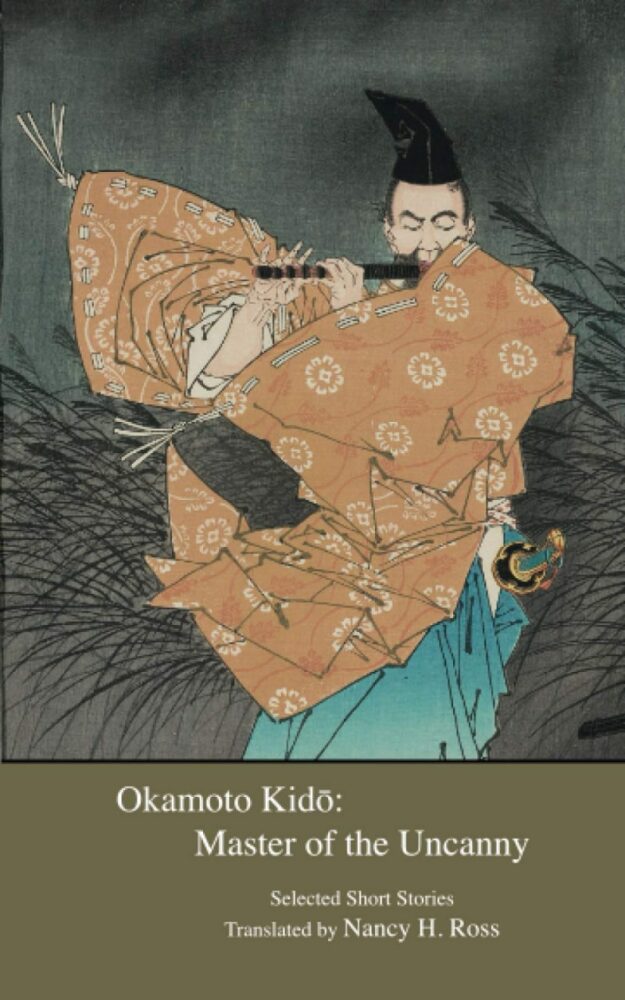
"Born just after Japan transitioned from the Shogunate to Meiji, Kidō grew up in a samurai-oriented world being transformed by the West in many ways. As a reporter he covered domestic development and overseas wars, while also marrying a traditional geisha, eventually becoming a playwright and author. In addition to a number of well-received plays, he also penned more than fifty horror stories over a roughly ten-year period starting in the mid-1920s. Just prior to this period, the Great Kantō Earthquake of 1923 destroyed almost everything in Tokyo that remained from the Edo era, and Japanese horror itself was transitioning from the traditional uncanny stories to more modern horror structures.
While many of Kidō’s stories are retellings of tales from China and other nations, he also drew on a diverse range of traditions, including the heritage of Edo-era storytellers such as Ueda Akinari and Asai Ryōi, to produce a dazzling array of work covering the entire spectrum from time-honored ghost tropes to modern horror. The majority of his stories were collected in four volumes: Seiadō kidan (1926), Kindai iyō hen (1926), Iyō hen (1933), and Kaijū (1936).
Kidō remains popular for his elegant, low-key style, subtly introducing the “other” into the background, and raising the specter of the uncanny indirectly and often indistinctly. His fiction spans an enormous range of material, much of it dealing with the uncanny, and as a pioneer in the field his work formed the foundation for the new generation of Japanese authors emerging in post-Restoration literature.
Contents:
The Green Frog God (青蛙神)
Tone Crossing (利根の渡)
The Monkey’s Eyes (猿の眼)
The Snake Spirit (蛇精)
The Clear-Water Well (清水の井)
Crabs (蟹)
The One-Legged Woman (一本足の女)
Here Lies a Flute (笛塚)
The Shadow-Stepping Game (影を踏まれた女)
The White-Haired Demon (白髪鬼)
The Man Cursed by an Eel (鰻に呪われた男)
The Kiso Traveler (木曽の旅人)"
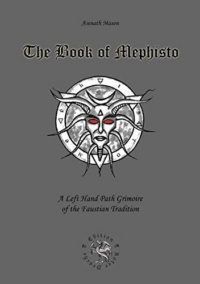
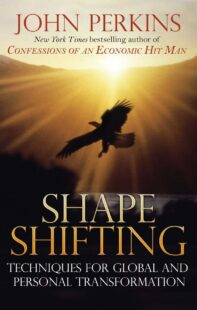
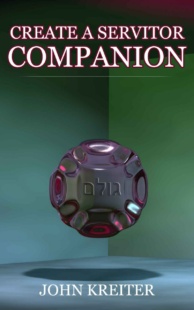
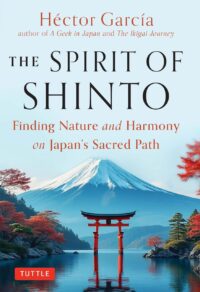

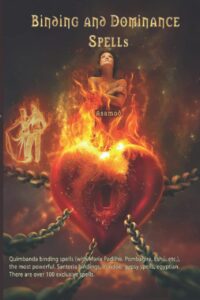
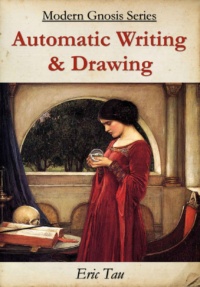
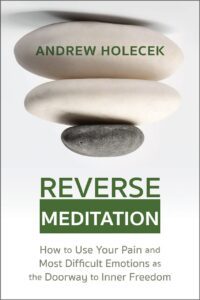

Comments and discussion can be found in the channel